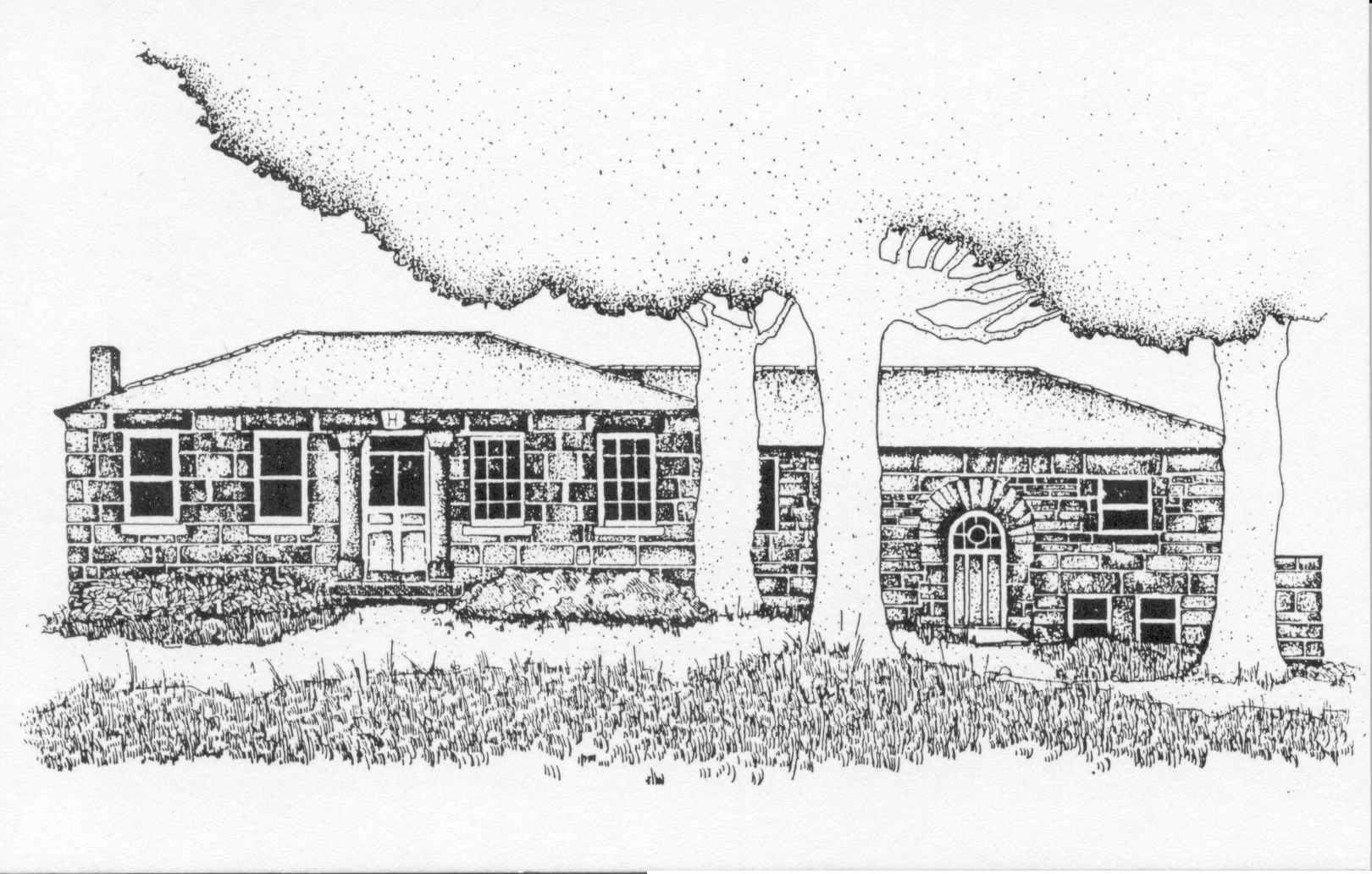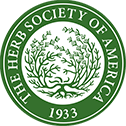About
HSA History Cont.

Mrs. George C. Bratenahl selected the motto, “Herbs For Use and For Delight”, from John Parkinson's herbal. She incorporated the phrase into her original design for the seal, which featured seven rosemary branches, one for each of the founding members, all growing from the same stock. Early projects and programs centered on the cultivation and identification of herbs. Work continued in the Harvard laboratory.
In 1934, the group began their first public garden project in Boston's Franklin Park. Mrs. Bratenahl, whose husband was Dean of the National Cathedral in Washington, D.C., was the guiding force in planning The Herb Garden there. The first bulletin, later to become an annual publication, The Herbarist, was edited by Mrs. Burrage. The original by-laws were changed to reflect the growth of The Society, as twenty-six more gardeners were invited to become members.
In 1935, The Society entered its first exhibit at the Massachusetts Horticulture Society's Boston Spring Flower Show. They received a Gold Medal for the exhibit “17th Century Still Room”, the first exhibit to feature herbs in this country. The first Annual Meeting of The Society took place in Boston in March of that year. The Society was formally incorporated by the Commonwealth of Massachusetts in 1935.
In 1937, the first of many three-year projects was voted into action: the Study of Culinary and Aromatic Herbs Grown under Different Soil and Climate Conditions.
By 1939, there were a total of 117 members of HSA and the Boston group had collected and prepared more than 1,000 herbarium specimens.
By 1946, The Society had grown to 282 members, with six units and 60 members at large.
The 1950's saw rapid growth at HSA. The policy of rotating national officers and holding an Annual Meeting began. The first full-time Executive Secretary was hired and the first Awards of Merit were given. Herb gardens were proliferating throughout the country in the post-war boom days. Standing committees for new units, membership, and awards were formed. The original group slowly enlarged with an emphasis on horticulture and scientific research. The 25th anniversary of The Society was celebrated in 1958.
In 1960, endowment and scholarship funds were established, the first Helen DeConway Little Medal of Honor was awarded for the first time, the library at Society Headquarters was inaugurated, and the beginning glimmers of the National Herb Garden in Washington were seen.
The first scholarship was awarded in 1972 to Arthur Tucker, for his doctoral thesis work on the taxonomic study of the Mentha genus. Society membership grew topped 1,000. The Certificate of Achievement was established, as was an executive committee to carry out the day-to-day business of the board of directors. Volunteers launched a fundraising campaign to establish The National Herb Garden -- a gift to America in honor of the 1976 Bicentennial.
In 1980, The National Herb Garden at The US National Arboretum was dedicated. The National Herb Garden remains the largest designed herb garden in the United States. Fifteen new units joined HSA in the 1980s with a phenomenal growth rate, almost doubling the membership.
The rapid growth of membership and programming necessitated new headquarters for HSA. The search committee recommended the purchase of the Vineyard House, a historic stone structure owned by the Holden Arboretum in Kirtland, Ohio. A complete renovation project was embarked upon, and in October 1988, the building was dedicated as headquarters of The Herb Society of America, Inc.
In an effort to reach a broader base of the membership, the annual meetings were changed to a symposium format. These educational meetings, organized and presented by HSA members, heralded the rebirth of research and education at The Society. Many major changes in organizational procedures were started in the mid-1980s, the most important being a move to elect officers from the membership at large, rather than from a specific unit. A decision was also reached that annual meetings and board meetings would be organized by a standing committee of The Society, rather than by individual units.
The Society is now prepared to meet the challenges associated with a growing membership and a high public interest in herbal information. Along with a newly formatted structure for the Board of Directors came the review of the organization's policies and guidelines. Staff roles were re-examined by the Executive Director; job descriptions were clearly defined for each officer and standing committee chair on the board; procedures were established for members wishing to transfer from member at large status to membership within a unit and vice versa; and the steps involved in the formation of a unit were reevaluated and streamlined.
The Society continues to fulfill its mission to provide information and resources to members and the public in the cultivation, use and delight of herbs through its publications, educational programs, library and website.


